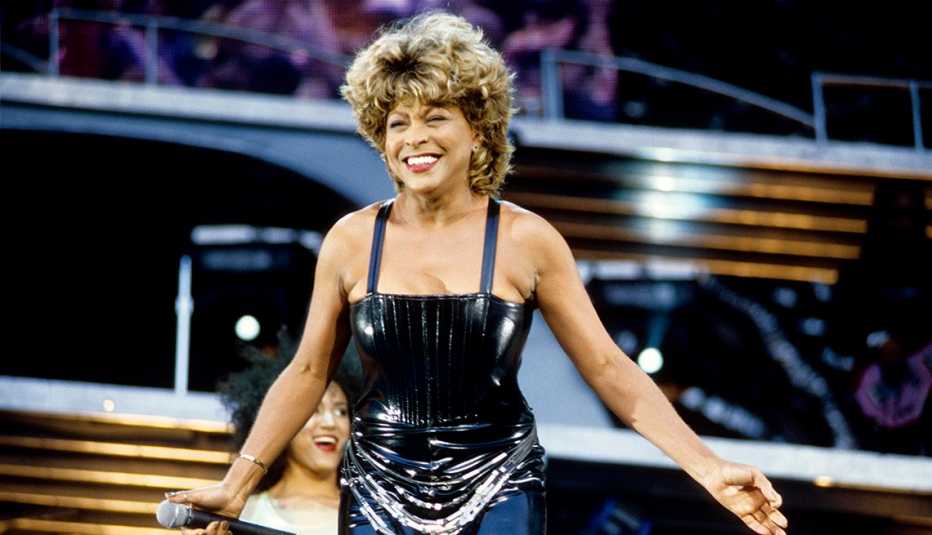AARP Hearing Center


If Tina Turner had not been a real person, we would have had to conjure her. That’s how vital she was to the American spirit. Her passing, at age 83 Wednesday in her adopted home of Switzerland, reminds us not just of her extraordinary multiphase career as the rock, pop, and R&B hitmaker of “Proud Mary,” “What’s Love Got to Do With It” and “The Best,” or the joy she brought her millions of fans. It’s also a time to remember how she inspired those of us searching for a new chance and a deliverance from delayed dreams, especially in the second half of life.
She wasn’t just the Queen of Rock ’n’ Roll. She was the Queen of Midlife Reinvention.
Even in the face of declining health that made her officially retire in 2009 — in recent years she endured a kidney transplant, vertigo and a stroke, and was recovering from colon cancer — she still managed in 2020 to cowrite her third book, Happiness Becomes You: A Guide to Changing Your Life for Good. The title was less a sales gimmick than a mantra. Though she had sold over 100 million albums and won eight Grammy Awards, it wasn’t until her second act that she found lasting love — to German music executive Erwin Bach — and religious fulfillment. And while she was already a legend, she hit her zenith at almost exactly the midpoint of her life.
Born Anna Mae Bullock in Brownsville, Tennessee, to a mother who did not want or love her, she initially saw no respite from the drudgery of working in the cotton fields of her rural community of Nutbush, a place she would later commemorate in song (“Nutbush City Limits”). But she knew she had a purpose, she told me in an email interview for AARP when the book was published, which was “not only to survive and thrive myself, but also to be a positive example and encourage people to never give up.”
She ran up against every possible hurdle: poverty, racism, sexism and a famously abusive and terror-filled marriage to bluesman Ike Turner, her musical partner in the 1960s and ’70s, whose physical and psychological torture drove her to a sleeping-pill-induced suicide attempt.
As actor Forest Whitaker tweeted at the news of her death, “Tina Turner was an icon, whom we loved for her voice, her dancing, and her spirit. As we honor her, let’s also reflect on her resilience, and think about all the greatness that can follow our darkest days.”







































































More From AARP
Olivia Newton-John’s Duet Partners Share Favorite Memories
Dolly Parton, Richard Marx and Olivia’s daughter share fond memories of making her last record together
Harry Belafonte, Actor and Activist, Dies at 96
A legend in music and on-screen, he was a lifelong social justice crusader
Graham Nash Remembers David Crosby: ‘He Was Remarkably Unique’
Crosby's best friend recalls their 50-year partnership, their late-in-life reconciliation, and their plans for a reunion